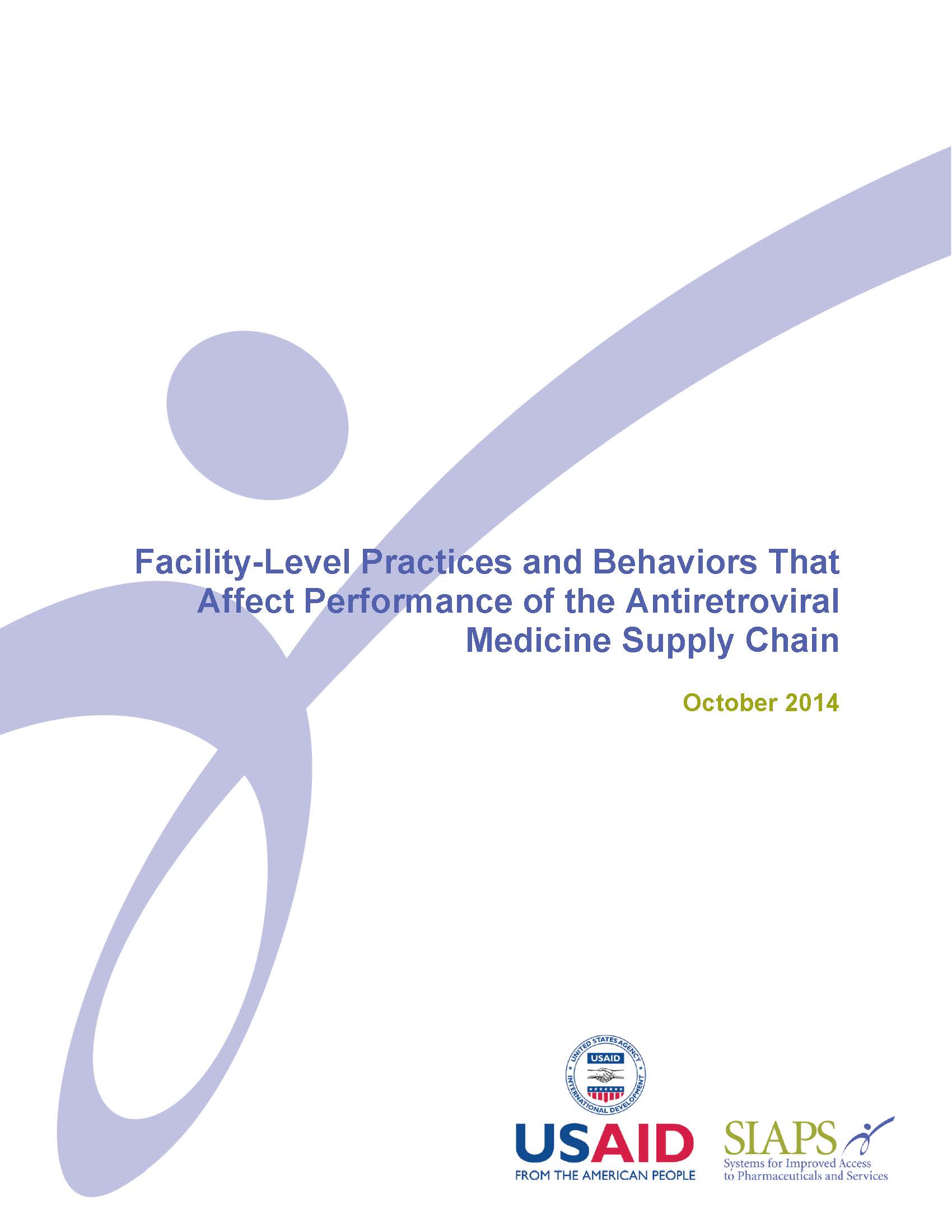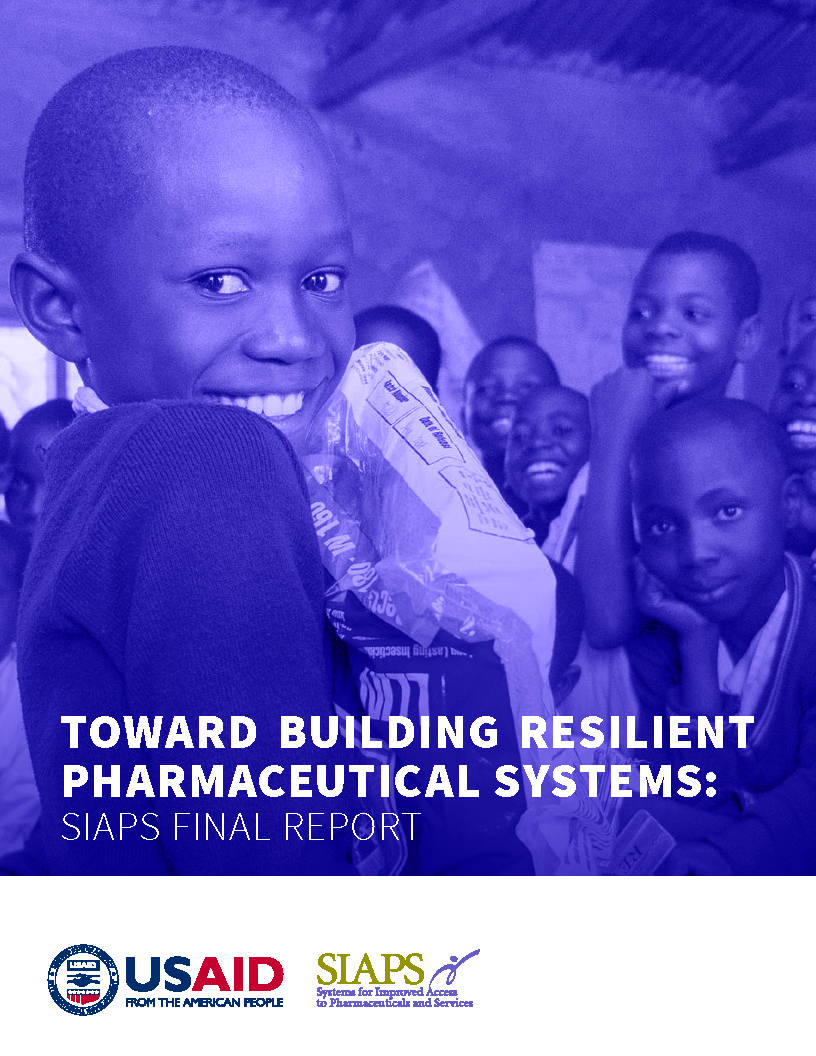
In an effective supply chain there are timely and efficient flows of information (on commodities and patients) and quality products between the supplying units (central and regional medical stores [CMS/RMS]) and the health facilities. Although much has been learned about how to measure, monitor, and improve supply chain performance for antiretrovirals (ARVs) at the central and regional levels, less has been done to identify and measure “downstream factors” at the health facility that have an impact on the performance of the “upstream” (central) supply chain indicators.
The aim of this activity is to identify and define facility-level practices that have an impact on the supply chain, determine how these practices are linked with central-level supply chain performance measures, and propose a methodology and study design for a rigorous, empirical study to understand and estimate the impact on the identified facility-level behaviors and practices and central-level supply chain performance. Linking facility-level practices and behaviors to the “upstream” supply chain measures will substantially support efforts to improve the performance of the supply chain, such as the accuracy of quantification and forecasting activities.


